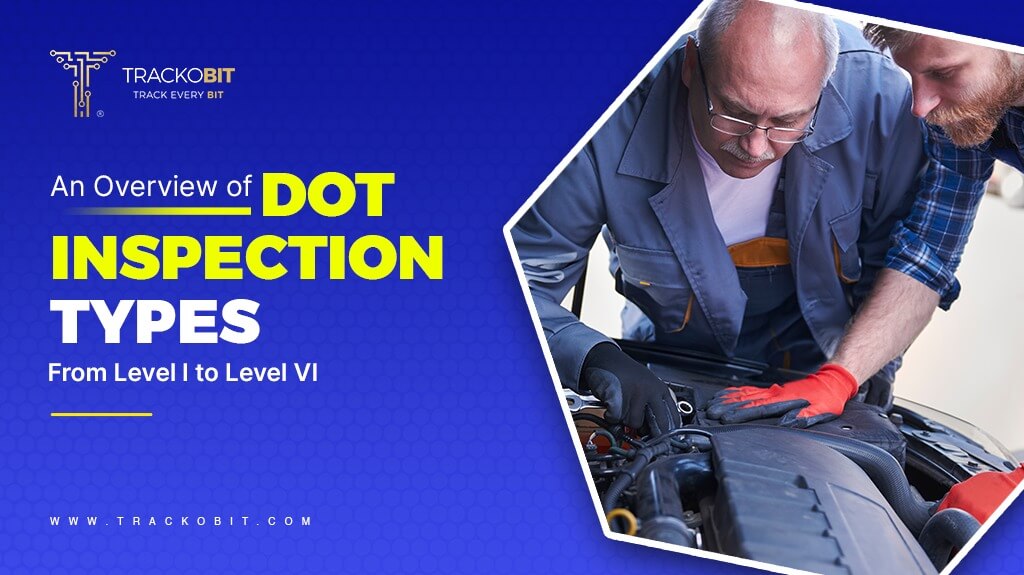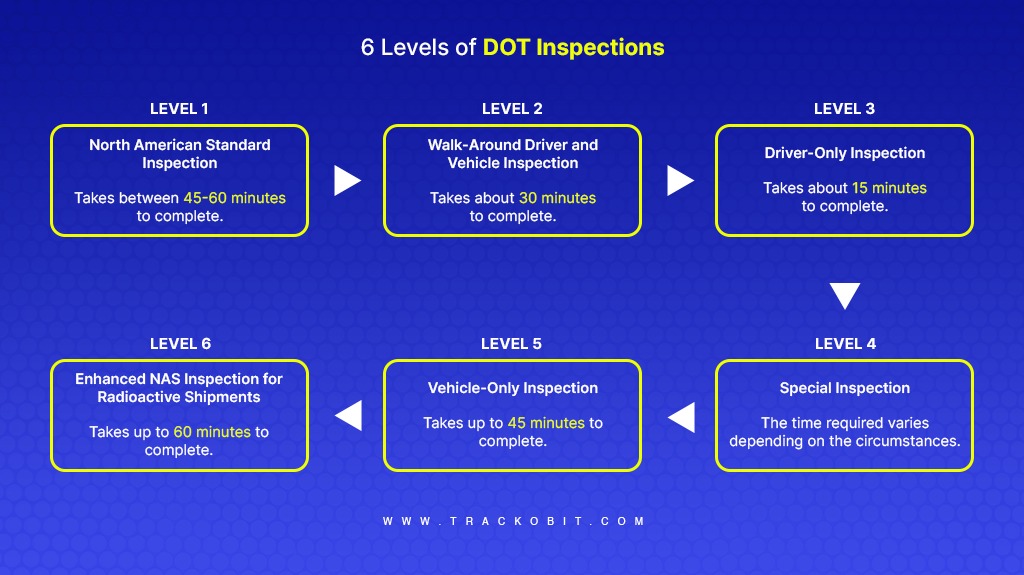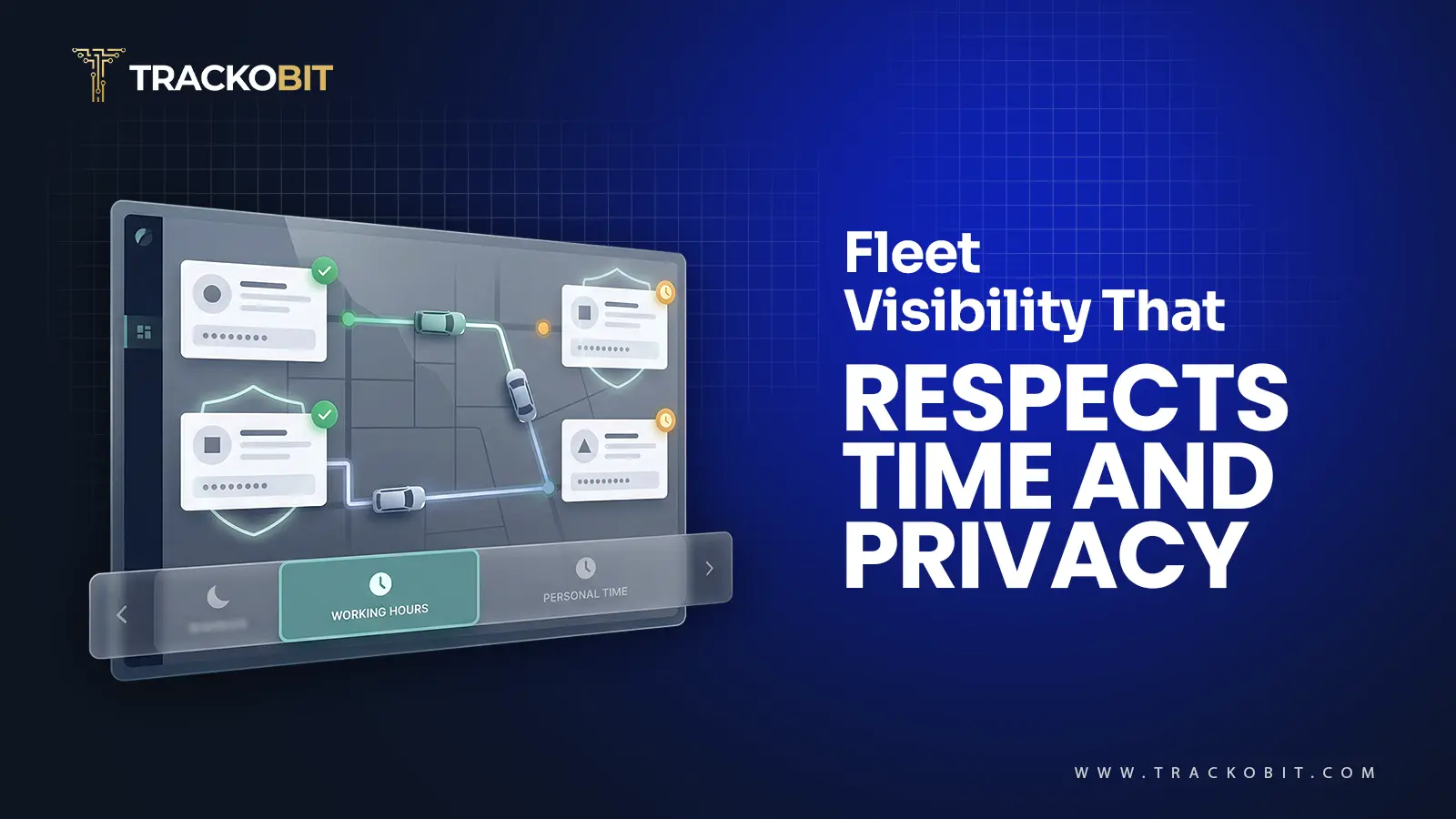-
TrackoBit
Manage commercial vehicles with the new-age Fleet Management Software
TrackoBit -
TrackoField
Streamline your scattered workforce with Field Force Management Software
TrackoField -
Features Resources
-
Blog
Carefully curated articles to update you on industrial trends. -
White Paper
Insightful papers and analysis on essential subject matters. -
Glossary
Explore an alphabetical list of relevant industry terms. -
What’s New
Get TrackoBit & TrackoField monthly updates here. -
Case Study
Explore the cases we solved with our diverse solutions. -
Comparisons
Compare platforms, features, and pricing to find your best fit.
-
About Us
Get to know TrackoBit: our team, ethos, values, and vision. -
Careers
Join the most dynamic cult of coders, creatives and changemakers. -
Tech Support
Learn about our technical support team and services in detail. -
Events
Check out the exhibitions where we left our marks and conquered. -
Contact Us
Connect with us and let us know how we can be of service.
Differences Between the 6 Levels of DOT Inspections
- Author:Tithi Agarwal
- Read Time:6 min
- Published:
- Last Update: May 7, 2025
Table of Contents
Toggle
Are you curious to learn about the 6 levels of DOT inspection? Here, they are ultimately explained along with the best platform that can help you pass inspections.
Table of Contents
Toggle
According to the FMCSA, nearly 4 million DOT inspections are carried out annually at weigh stations across the country to maintain safe highways. This ensures the trucking business complies with regulations.
All commercial motor vehicles weighing more than 10,000 pounds are subject to annual DOT inspections; therefore, if you manage a fleet or operate a truck, it’s probable that you and your team have had several inspections over the years. However, you may be unfamiliar with the six DOT inspections level. Every level possesses its own set of prerequisites and can occur at any time of the year; thus, a fleet must be ready for any of them.
To help your drivers feel ready for their next annual inspection, we’ve created a guide that breaks down what the DOT will look for during each inspection type and how to prepare your fleet best.
What is DOT Inspection?
A DOT, inspection is a series of tests that check whether commercial motor vehicles are in good working condition. They are often surprise, roadside inspections carried out by state troopers or enforcers under the authority of the Federal Motor Carrier Safety Administration (FMCSA).
DOT truck inspections are a preventive measure that helps make truckers and motorists safe on the road. They ensure that commercial vehicles are complying with rules and regulations to help avoid accidents.
What are the 6 Levels of a DOT Inspections?
Level 1: North American Standard Inspection
Level I of DOT inspections are the most common and thorough. During these checks, the assigned inspector looks at important documents, such as:
- Vehicle operator’s commercial driver’s license (CDL)
- Medical certificate confirming the operator passed their annual DOT physical exam
- Logbook records for the last 8 on-duty days to show hours of service records
- Medical card or waiver, if applicable
- The inspector will also check for any signs of drug or alcohol use
In addition, the driver will be examined to ensure that alcohol, drugs, or any other dangerous substance does not impair them. The official will also thoroughly inspect the vehicle and ensure that the cargo is fastened securely. The following components will likely be inspected: fuel systems, headlights, turn signals, tyres, windscreen wipers, brakes, suspension, and seat belts.
| 🗓️ A Level I inspection typically takes between 45-60 minutes to complete. |
Level 2: Walk-Around Driver and Vehicle Inspection
Except for the sections where the inspector must reach underneath the vehicle, Level II inspections entail reviewing every component of the Level I examination, including the records examined during Level I inspections.
The daily items a driver should check in their vehicle before and after driving it in order to comply with DOT inspections standards are listed in the driver’s vehicle inspection checklists.
We’ve created a pre-trip inspection DOT-compliant checklist that drivers can use to document their observations in order to help them comply with DOT regulations.
| 🗓️ The Level II inspection takes about 30 minutes to complete. |

Level 3: Driver-Only Inspection
During this check, the inspector will take an in-depth look at the vehicle operator’s credentials. Drivers are checked for skill performance evaluation (SPC) certificate, driver’s license, medical certification, record of duty status (RODs), and seat belt usage. The inspector will also review any driver vehicle inspection reports signed by the driver.
| 🗓️ Level III inspections commonly take about 15 minutes to complete. |
A Level III inspection is limited to a driver’s credentials and will include a thorough inspection of the following:
- Record of Duty Status (RODS)
- Driver’s license
- HAZMAT requirements
- Medical card and waiver
- Skill Performance Evaluation (SPE) certificate
- Vehicle Inspection Report
- HM/DG requirements
- HOS documentation
- Seat belt
- Alcohol or drug use
Level 4: Special Inspection
One-time inspection of a particular vehicle feature is part of the Level IV inspection. This type of inspection is usually based on a trend that the Department of Transportation (DOT) wishes to investigate further. For instance, the DOT might decide to concentrate on a recurring infraction from an earlier inspection in order to monitor progress over time.
| 🗓️ The time to complete a Level IV inspection will vary depending on the circumstances. |
Level 5: Vehicle-Only Inspection
The level five DOT inspection includes just the vehicle examination from the level one DOT inspection. The driver must not be present when this check is carried out. Brakes, gasoline, cargo, exhaust, steering, lighting, suspensions, tyres, steering wheel, trailer, windscreen wipers, emergency exits, engine and battery are all inspected separately for the vehicle.
| 🗓️ Level V inspections can take up to 45 minutes to complete. |
Level 6: Enhanced NAS Inspection for Radioactive Shipments
For individuals transporting radioactive cargo, the level six DOT inspections required. This kind of inspection consists of an improved level one inspection that includes an improved out-of-service criterion and a review of the radiological cargo and requirements. Before they depart for delivery, the vehicle, the load, and the driver must all be free of defects.
Those who satisfy the requirements of the level 6 inspection will receive a distinctive decal. It is provided at the shipment’s point of origin and removed at the destination. Every decal is good for just one journey. The longest inspection takes the most time, taking roughly sixty minutes to finish.
| 🗓️ The Level VI inspection will typically take up to 60 minutes to complete. |
Once complete, a special nuclear symbol will be attached to the CMV to indicate it passed a Level VI inspection. This nuclear symbol is only valid for one trip and will be removed upon arriving at the destination.
How Does TrackoBit Simplify the DOT Inspection Process?
TrackoBit simplifies the DOT inspections process by automating and digitizing key aspects of fleet management. It offers real-time vehicle tracking, ensuring compliance with DOT regulations through accurate and timely reporting. The platform’s automated alerts notify managers about inspection schedules, vehicle maintenance, and potential compliance issues, reducing the risk of violations.
Additionally, TrackoBit provides detailed logs and reports on driver behavior, vehicle performance, and trip histories, which are essential during DOT inspections. This data is easily accessible and can be used to demonstrate adherence to safety and operational standards. The system also integrates with electronic logging devices (ELDs), further streamlining record-keeping and ensuring that all required information is accurately captured and readily available for inspectors.
By minimizing manual paperwork and providing clear, comprehensive digital records, TrackoBit enhances efficiency and compliance in the DOT inspections process.
Conclusion
The Department of Transportation (DOT) has established strong checks and balances to guarantee compliance with regulations, and the six inspection levels are essential. The foundation for controlling CMVs and their drivers is the DOT Inspection Programme. Strong regulations serve as a deterrent to any misconduct or negligence on the part of CMV operators. In the years to come, drivers and operators will gain from the DOT’s ongoing efforts to control the CMV sector.
To learn more about TrackoBit’s fleet management solution, reach out for a free demo today.
Tithi Agarwal is an established content marketing specialist with years of experience in Telematics and the SaaS domain. With a strong background in literature and industrial expertise in technical wr... Read More
Related Blogs
-

When Tracking Needs a Clock: Rethinking Fleet Visibility
Tithi Agarwal December 24, 2025Read on to understand why fleet tracking works better when it follows working hours. Because visibility should support operations, not…
-

What Makes TrackoBit’s Video Telematics Software Truly Next-Gen?
Shemanti Ghosh December 17, 2025TrackoBit’s video telematics software blends smart video intelligence with full server control. The result? Superior fleet reliability and safety.
-

Plug, Pair, Perform TrackoBit Introduces BLE Sensor Integration
Tithi Agarwal November 26, 2025TrackoBit’s BLE Sensor Integration enables wireless, real-time monitoring with faster installs and accurate insights. It improves fleet efficiency, visibility, and…
-

How to Use Driver Behavior Reports as a Sales Hook to Close Big Fleets
Tithi Agarwal October 16, 2025TrackoBit’s driver behavior reports empower fleet providers to win big contracts by showcasing safety, efficiency, and measurable ROI.

Subscribe for weekly tips to optimize your fleet’s potential!
Your inbox awaits a welcome email. Stay tuned for the latest blog updates & expert insights.
"While you're here, dive into some more reads or grab quick bites from our social platforms!"Stay Updated on tech, telematics and mobility. Don't miss out on the latest in the industry.
We use cookies to enhance and personalize your browsing experience. By continuing to use our website, you agree to our Privacy Policy.




































